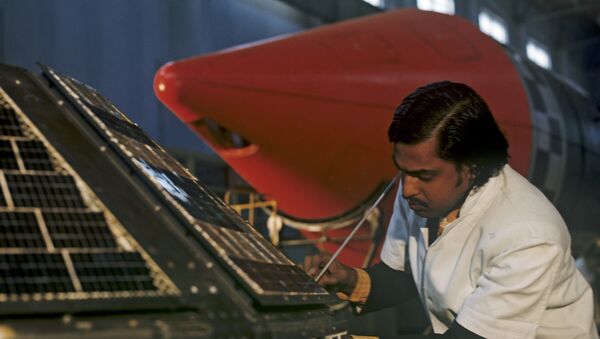It can be easily mounted on mobile telemetry, tracking and command (TTC) stations even in mid-sea wherein conventional ground station antenna will not be suitable. Moreover, the agency has done it in a cost-efficient manner and roped in industry support as well, as part of its policy to promote greater private sector participation in future projects.
Experts said the main reason to develop a ship-borne antenna system is to provide tracking and command support to deep space missions as ISRO is planning quite a few of them.
"A ship-borne tracking system was very much needed as ISRO is planning for deep space missions. In addition to being tracked by ground stations in India, the Mangalyaan mission was also tracked in the Asia-Pacific. As ISRO has planned deep space missions, including Chandrayaan and others, it will require the capability to track them beyond our territory and this is where this system will be used. As ISRO has already established a network of ground TTC stations, it already had the basic knowledge to build such a system," Dr Mayank Vahia, an astrophysicist from Mumbai-based Tata Institute of Fundamental Research, told Sputnik.
Bengaluru-based ISTRAC provides tracking support for all satellite and launch vehicle missions of the agency, including space operations support for Deep Space Missions.
ISTRAC worked on technical aspects and aimed at building a system comparable to internationally available systems. The system was tested and validated on a motion simulator. The final system check was done in a sea trial, successfully tracking PSLV-C38, located on Sagar Manjusha, a ship hired from the National Institute of Ocean Technology.
PSLV-C38 was launched on June 23 from the spaceport in Sriharikota in Andhra Pradesh, carrying the Cartosat-2 series satellite — a dedicated satellite for the defense forces — along with 30 nanosatellites as co-passengers.






